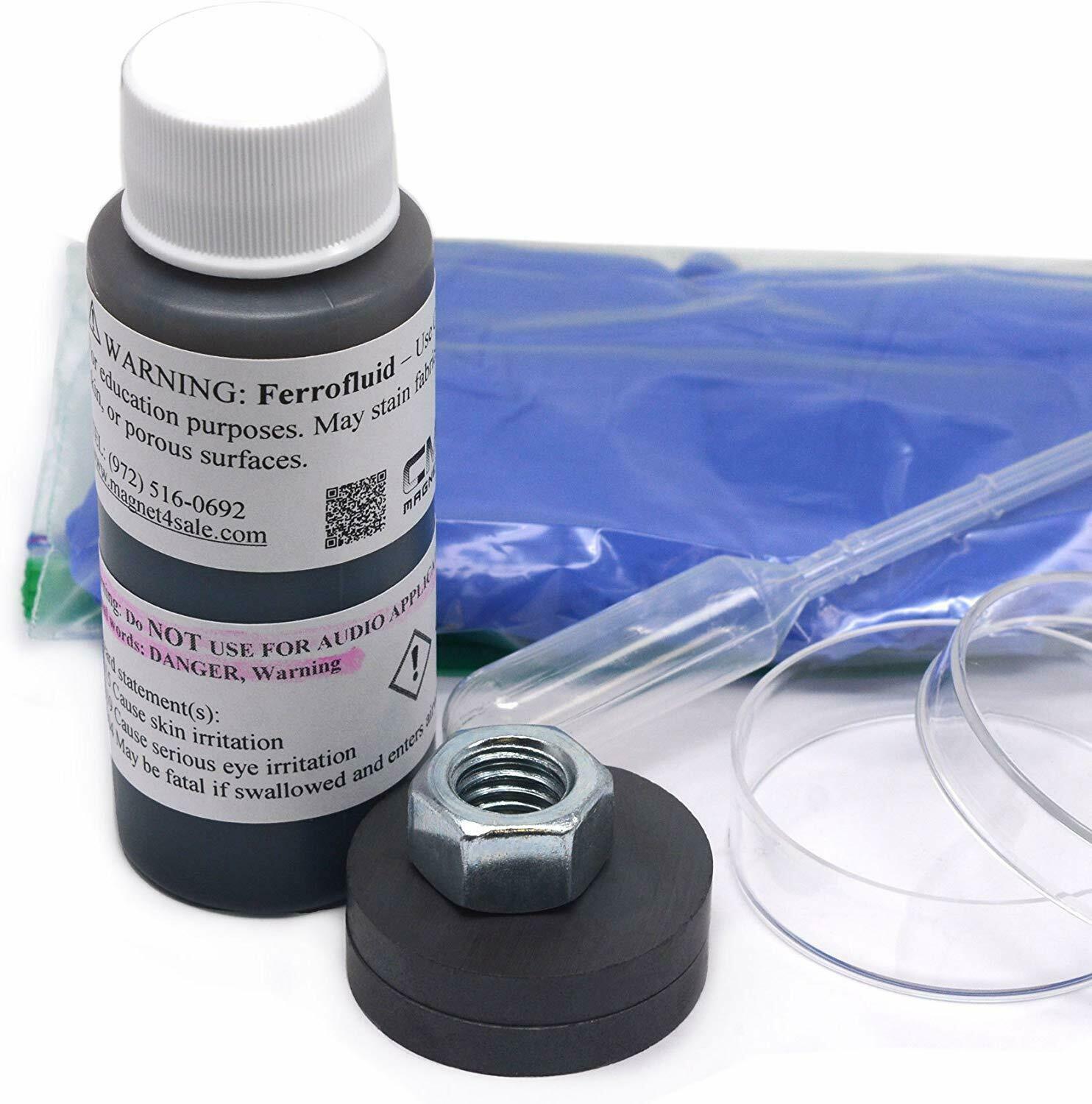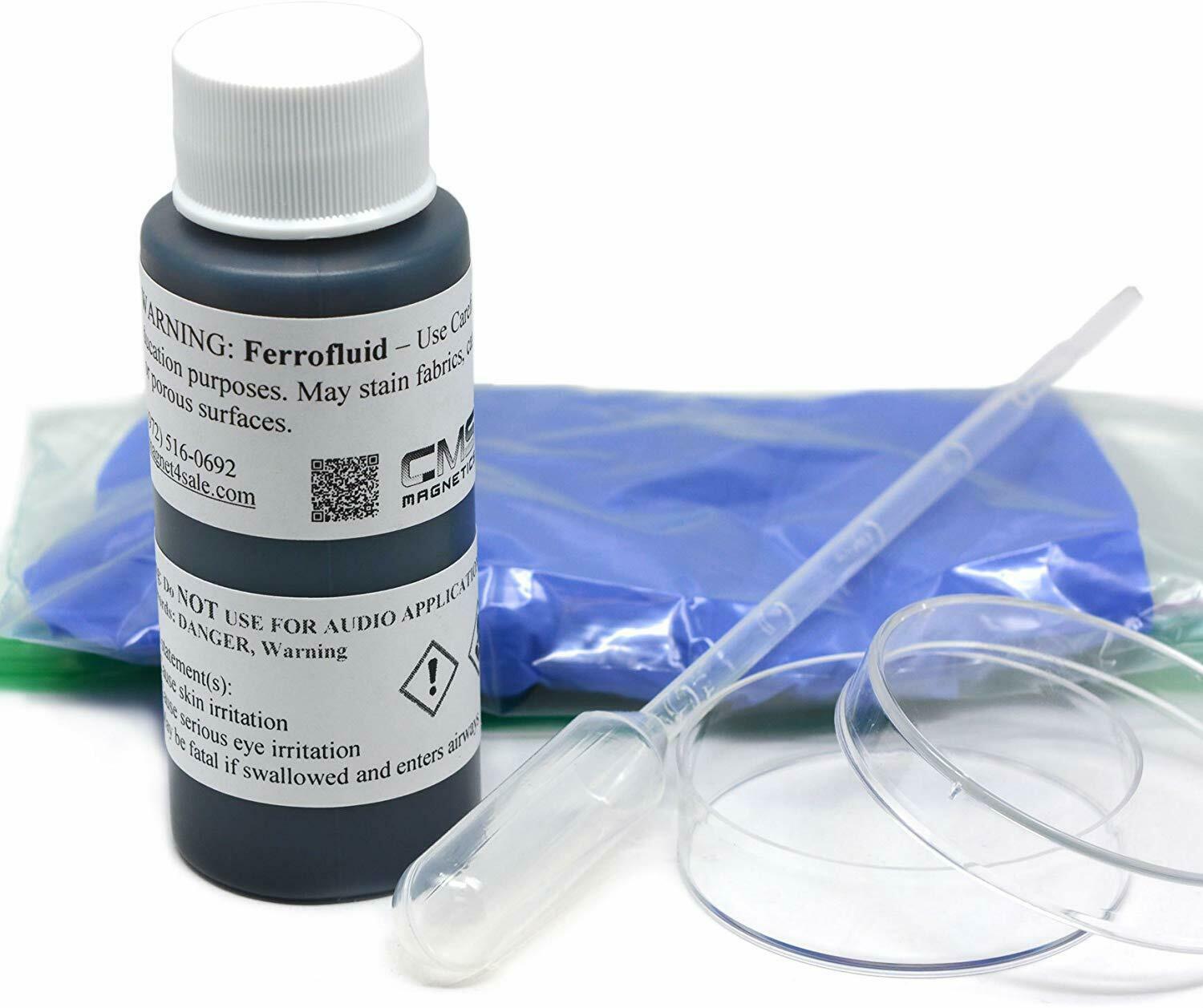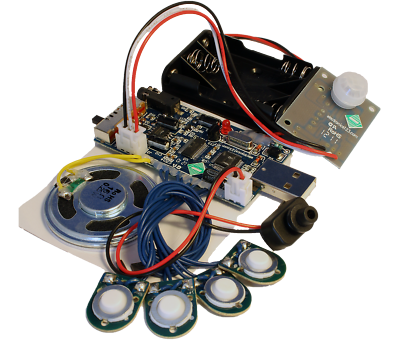-40%
SparkFun Triad Spectroscopy Sensor - AS7265x (Qwiic)
$ 36.93
- Description
- Size Guide
Description
Description:The SparkFun Triad Spectroscopy Sensor is a powerful optical inspection sensor also known as a spectrophotometer. Three AS7265x spectral sensors are combined alongside a visible, UV, and IR LEDs to illuminate and test various surfaces for light spectroscopy. The Triad is made up of three sensors; the AS72651, the AS72652, and the AS72653 and can detect the light from 410nm (UV) to 940nm (IR). In addition, 18 individual light frequencies can be measured with precision down to 28.6 nW/cm
2
and accuracy of +/-12%. Utilizing our handy Qwiic system, no soldering is required to connect it to the rest of your system. However, we still have broken out 0.1"-spaced pins in case you prefer to use a breadboard.
The SparkFun Triad Spectroscopy Sensor communicates over I
2
C by default or over 115200bps serial. We’ve written a fully formed Arduino library to access all the various features include taking readings and illuminating LEDs all over the Qwiic I
2
C interface. In addition, the Triad can be setup to communicate over serial. The serial interface uses an AT command set.
What can you do with light spectroscopy? It’s an amazing field of study, and the SparkFun Triad brings what used to be prohibitively expensive equipment to the desktop. The AS7265x should not be confused with highly complex photon spectrometers, but the sensor array does give the user the ability to measure and characterize how different materials absorb and reflect 18 different frequencies of light. We’ve also written a full Arduino library that makes reading and interacting with the Triad simple and easy!
The SparkFun Qwiic Connect System is an ecosystem of I
2
C sensors, actuators, shields and cables that make prototyping faster and less prone to error. All Qwiic-enabled boards use a common 1mm pitch, 4-pin JST connector. This reduces the amount of required PCB space, and polarized connections mean you can’t hook it up wrong.
Features:
Selectable interface: I
2
C or Serial (115200bps)
18 frequencies of light sensing from 410nm to 940nm
28.6 nW/cm
2
per count
Accuracy of +/-12%
Integrated 405nm UV, 5700k White, and 875nm IR LEDs
Software control over each illumination LED as well as current control
Optional external bulb or illumination control
Programmed with latest firmware from AMS












